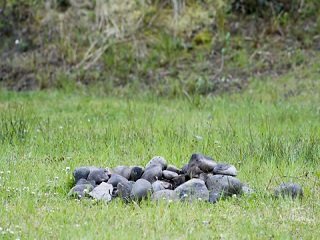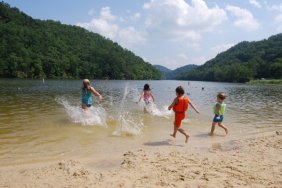 I have to say, taking a few weeks to explore some key Leave No Trace practices has been a lot of fun for me. I hope learning a bit more about how to keep the forests clean and untouched where you hike and camp has been enjoyable for you all, as well. All good things must come to an end, however, and today we’ll round things out with a look at going one step further in your LNT practices by leaving a Negative Trace.
I have to say, taking a few weeks to explore some key Leave No Trace practices has been a lot of fun for me. I hope learning a bit more about how to keep the forests clean and untouched where you hike and camp has been enjoyable for you all, as well. All good things must come to an end, however, and today we’ll round things out with a look at going one step further in your LNT practices by leaving a Negative Trace.
Negative Trace is all about reversing any negative impacts that people have in nature, and can entail removing any trash you may find in the wilds, correcting any damage that others have left behind, or something as easy as picking up a candy bar wrapper as you come across it. It can also mean taking the time to return rocks used for a backcountry fire pit to their natural location or cleaning up graffiti found on boulders. Don’t worry about any dirt spots left behind by large rocks or stumps that were moved; the grass and vegetation will regrow in time.
The reason taking it upon yourself to help out is so important is because land managers are often short on rangers or professional trail maintenance personnel, which means not every stretch of trail or span of forest can be consistently maintained. In fact, if an area sees too much abuse and not enough upkeep, restrictions on hiking or camping there could be imposed. A little preventative maintenance can make a big difference.
I don’t know about you, but I get a lot of enjoyment from hiking and camping. It is that love that fuels the need to make the time to give back to Mother Nature. Besides leaving a minimum impact yourself with the Leave No Trace practices outlined in this series, you can make an even bigger contribution by implementing Negative Trace principles and picking up any trail trash you find, planting trees, or breaking down backcountry fire pits. The long-term effects of such thoughtfulness and care can resound throughout future generations.








